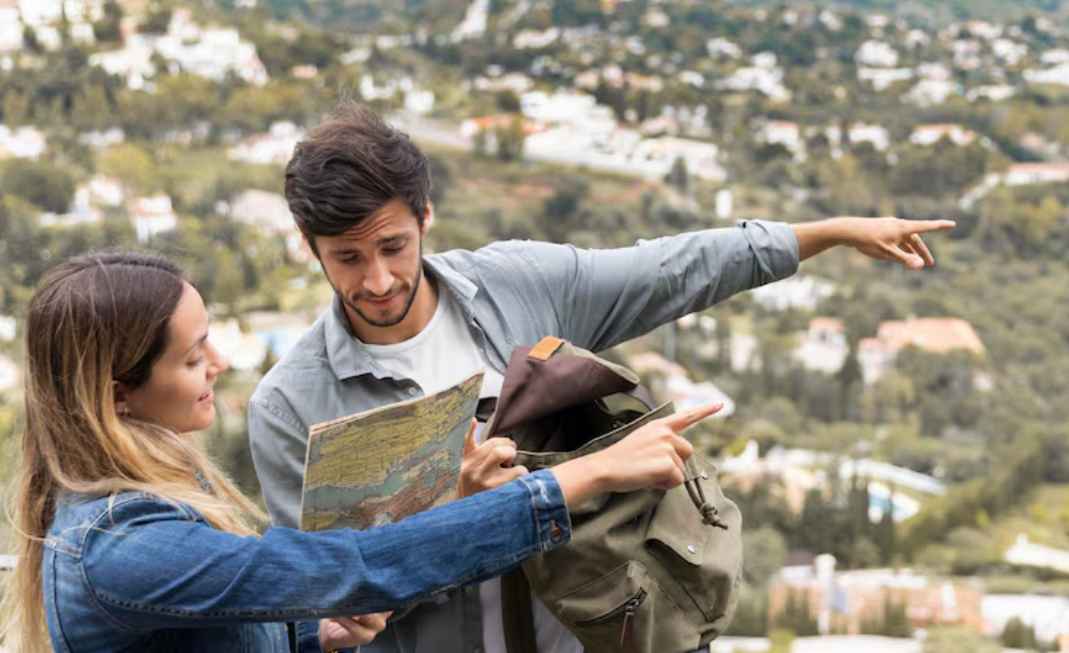Photography is a broad art that incorporates a variety of styles and techniques to capture the unique aspects of the world around us. Whether you are a beginner aiming to find your specialty or are a professional aiming to extend your skill set, it is important to know the different types of photography.
Each type serves a specific purpose, requiring different equipment and procedures ranging from close-up details to sprawling aerials. Understanding the various photographic areas can enhance creativity and enable a photographer to better communicate a visual story. Here are some of the photography types. Let’s delve into them:
Contrast Photography
Contrast photography relies on using the visual differences between elements in an image, usually with light and shadow. This type of photography improves the depth and composition of the image. This experience enhances the drama and visual impact.
- Used for black and white photography,
- it highlights the difference between light and dark
- Enhance focus on the subject by contrasting it with the background.
- Appropriate for architectural, street, and portrait photographic work.
- Requires control over the lighting conditions and the camera exposure settings of the image.
Aerial Photography
Aerial photography involves photos taken from an elevated viewpoint, typically from drones, helicopters, and planes. It is differentiated because of the peculiarity of the site used for the photography. Aerial photography is commonly used in landscape, real estate, maps, and other geographic endeavors.
- Captures images of scenes from a bird’s-eye view
- Commonly used in mapping, surveying, and tourism information.
- Requires skills in piloting a drone and access to an airplane
- Weather and wind can certainly impact the conditions for performance for shooting.
It helps to be able to capture large-scale patterns or really large events like MudFest.
Portrait Photography
Portrait photography is used to capture the personality, mood, and expressions of an individual or group of individuals. It can be formal, such as taking family photos or maybe even professional headshots, or informal, such as a fun day of silliness at the beach with your kids, and can also be used within artistic realms, such as a portrait artist.
- Portray the emotion and character of the individual or individuals in your subject.
- Background and lighting matter
- Portrait photography is shot with a wide-open aperture to emphasize the individual while de-emphasizing the background.
- Portraiture creates opportunities for subgenres, such as fashion, lifestyle, and glamour.
When capturing portraits, communication with the subject can make your images better.
Macro Photography
Macro photography is a type of photography that takes extremely close-up images of small subjects. Traditional photography captures the larger, overall subject, but macro photography captures details that wouldn’t be visible to the naked eye. Macro photography is often used when photographing insects, flowers, textures, and other small subjects.
- The magnification ratio is usually 1:1 or larger.
- Requires specialized macro lenses or extension tubes.
- Light must be controlled to avoid shadows.
- Tripods can be important for keeping everything stable and in focus
- Useful for scientific, artistic, and product photography.












